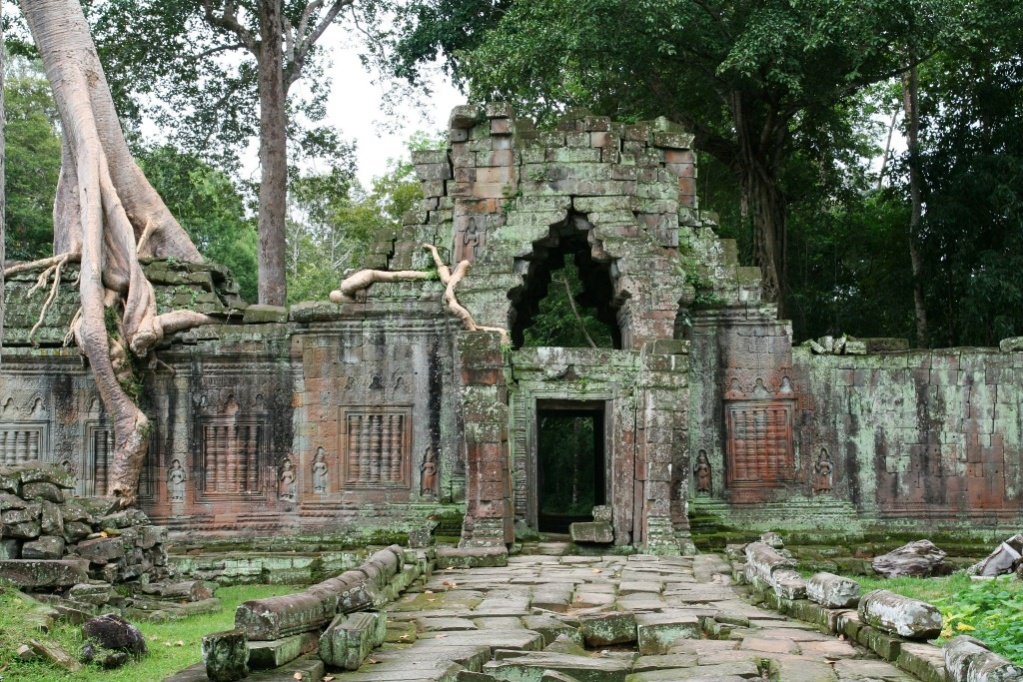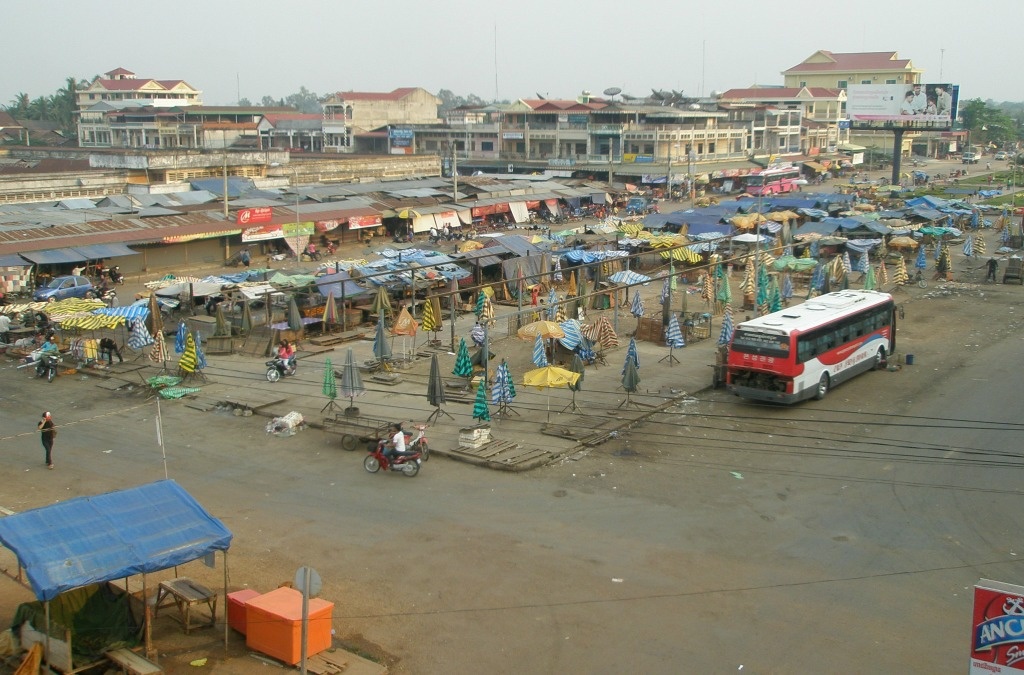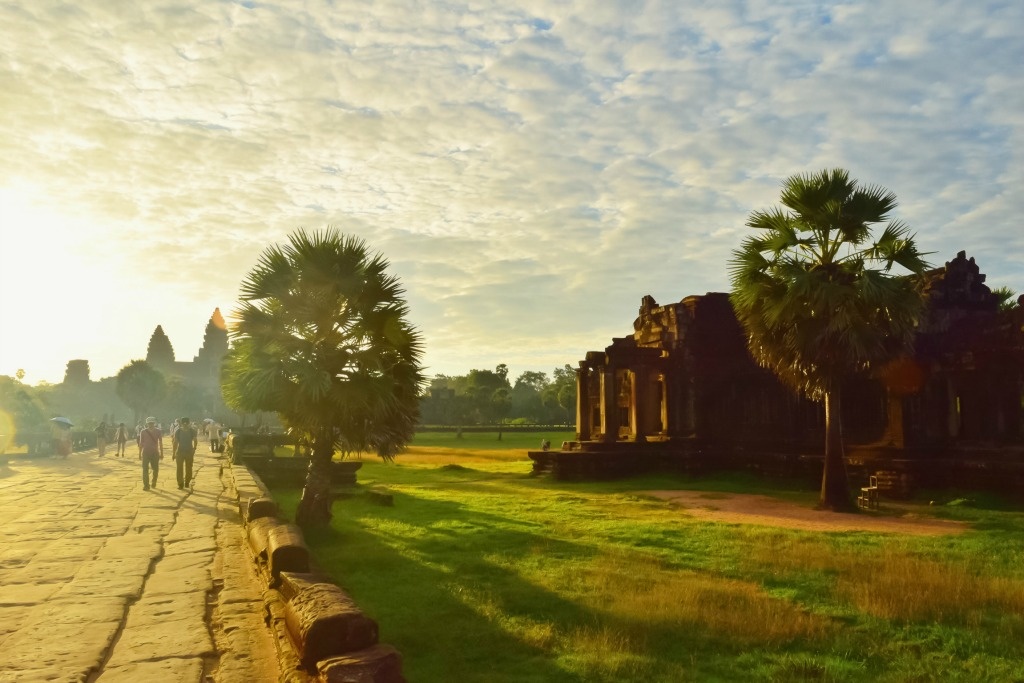CAMBODIA
ANCHOR WAT
Wandering through the ancient ruins of Angkor Wat, we were captivated by its grandeur and the stories our guide shared. The serene beauty and rich history left an indelible mark on us.
Visiting Anchor Wat Cambodia
Our journey to the ancient temples of Angkor in Cambodia was a mesmerizing dive into a world of grandeur, history, and poignant storytelling. With an incredible guide and a skilled tuk-tuk driver leading the way, our exploration of Angkor Wat, Ta Prohm, and Angkor Thom became an unforgettable adventure.
We began our day at Angkor Wat, the largest and most renowned of the temple complexes. Built in the early 12th century by King Suryavarman II, this architectural masterpiece was initially dedicated to the Hindu god Vishnu before becoming a Buddhist site. The intricate bas-reliefs and towering spires left us in awe, as our guide explained the significance of the carvings that depicted scenes from Hindu mythology.
Next, we ventured to Ta Prohm, famously known as the “Tomb Raider” temple due to its appearance in the Angelina Jolie movie. Unlike other temples, Ta Prohm has been left largely in its natural state, with massive tree roots intertwining with the stone ruins. Constructed in the late 12th and early 13th centuries by King Jayavarman VII as a Mahayana Buddhist monastery and university, Ta Prohm offered a surreal experience. Our guide’s stories brought the site to life, as we marveled at the eerie yet beautiful fusion of nature and architecture.
Angkor Thom, our final stop, was the last great capital of the Khmer Empire, also built by King Jayavarman VII in the late 12th century. The city’s entrance was marked by the towering stone faces of the Bayon temple, each with a serene smile. Walking through the expansive grounds, we could imagine the bustling life that once filled this ancient city.
Amidst these breathtaking sites, our guide and tuk-tuk driver shared their personal stories of surviving the horrors of Pol Pot’s regime. Their resilience and strength added a deeply human element to our visit, reminding us of Cambodia’s recent tumultuous history.
We concluded our day with a delicious lunch at a local restaurant. The flavors of Khmer cuisine, from savory curries to fresh spring rolls, provided a perfect end to our cultural immersion. Each bite was a testament to Cambodia’s rich culinary heritage.
Our visit to Angkor Wat, Ta Prohm, and Angkor Thom was more than just sightseeing; it was a journey through history, nature, and human resilience, all woven together by the stories of those who call this land home.



